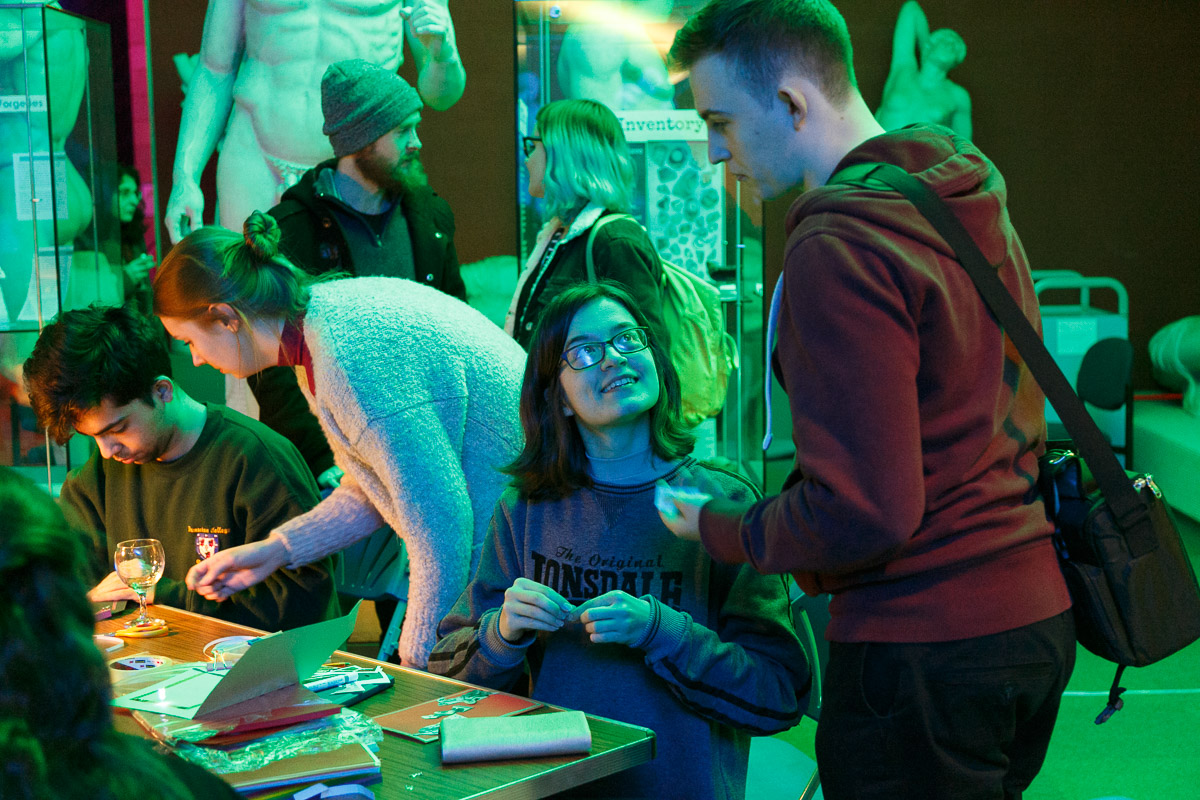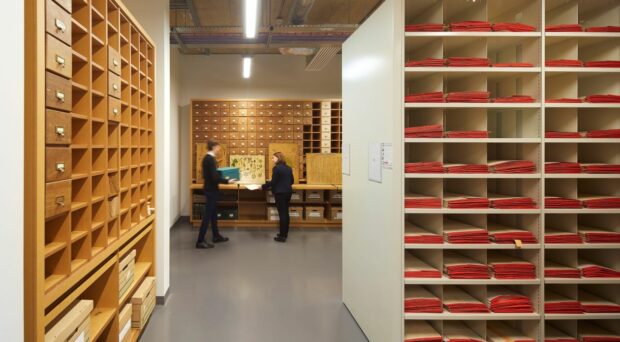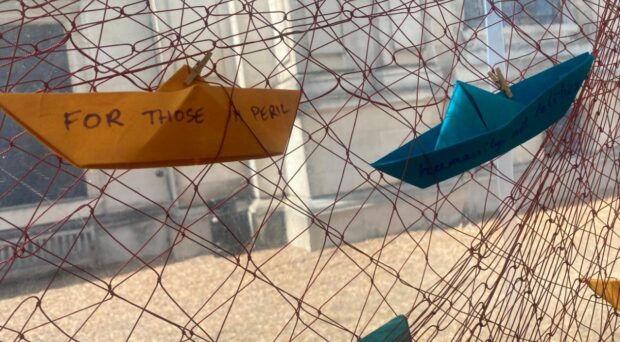The University of Cambridge Museums’ Digital Maker Residency aims to inspire staff, teachers, parents and young people to become digital makers and to explore ways to integrate digital making into the museum experience.
The programme investigates how digital technologies can come together with traditional processes to create new ideas and experiences and how we can support and empower young people to skills, confidence and motivation to make, design and use digital technologies, not just consume them.
We are now half way through the residency and it has been a fantastic experience. Our Digital Maker Katy Marshall has delivered several workshops and activities across our museums and we have been overwhelmed by the interest in the project from both members of the public and UCM staff. The programme has already stimulated new conversations and ideas across departments and museums, developing understanding and practice through making.
Taking the museums and collections as inspiration the residency has enabled us to experiment with different materials, tools, and technologies. Some of the activities so far include:
- Family workshops at the Fitzwilliam Museum and Museum of Zoology
- Schools workshops at the Fitzwilliam Museum and the Cambridge Makespace
- Pop-up maker activities for children and adults at the Fitzwilliam Museum, Museum of Classical Archaeology and Museum of Zoology
- A staff introductory session and training at Makespace, 3D printing and laser cutting.

Here and featured image: a pop -up workshop for adults making light-up Valentine’s Cards at Under the Fig Leaf, the Museum of Classical Archaeology’s Cam Late.
Some initial observations from the workshops
The project team have been busy documenting the project and collecting feedback from those involved and will be reviewing and analysing the data they collected over the next few weeks. However, the response to the children’s workshops has been overwhelmingly positive and have all been fully booked with long waiting lists. Children have been challenged by the projects Katy has designed for them and they have worked hard to come up with their own creative solutions, often learning alongside parents, teachers and museum educators to learn new skills. The making activities have stimulated lots of interesting conversations and provided new opportunities for collaboration and problem-solving.

“I enjoyed putting our snake together and see it work because we get to solve problems.” – Feedback from child participant at the Museum of Zoology.
“Great to make link to historic making processes.” – Staff feedback from introductory session.
“I like the name of that. Sounds good.” – Pupil comment on hearing that they were walking to Makespace from the Museum.
“I enjoyed working together as a group because it helps us learn and that you can share your ideas with each other.” – Feedback from child participant after schools workshop.
“Educational, fun and really cool. Plus really creative.” – Feedback from child participant after schools workshop.

Stimulating Conversations
Another positive outcome has been the conversations the residency has stimulated about digital making across the museums. Introductory sessions to digital making, Makespace, 3D printing and laser cutting brought together staff from different departments and museums and allowed to share expertise and ideas. This is hopefully the starting point for future projects and collaborations, developing skills within the museums and exploring technologies and making for learning programmes, exhibitions, conservation and other projects.

Makespace has been a valuable partner throughout the residency and it is great to have a place so close to the museums which offers creative expertise and equipment.
Next will be more schools and families workshops and a pop-up at the Whipple Museum, so look out for the next blog post and for our end of project report.
Read Katy’s report on her first month here.









